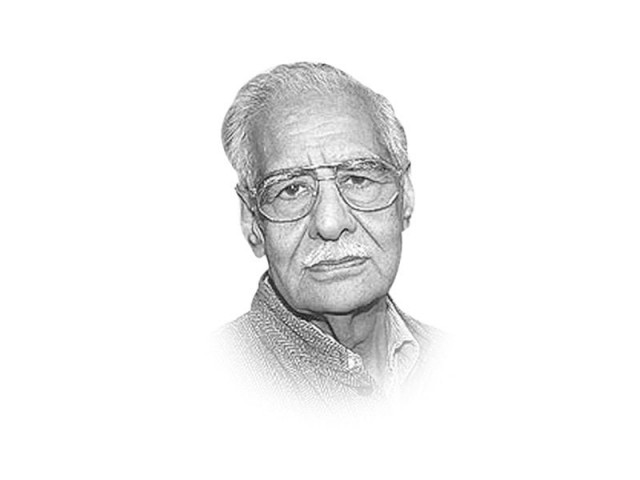India-China ties on the mend
China had accepted without demur the maps showing Arunachal Pradesh as India’s territory

The writer is a syndicated columnist and a former member of India’s Rajya Sabha
Modi, with his flowery speeches in Hindi, may go down well with the people who cannot understand the intricacies of the border problem. But surprisingly, the party has the support from the Nagpur headquarters from where the RSS high command operates.
China and India have seldom agreed on where the actual border line is. Nehru said that he had asked the Indian army to oust the infiltrators and clear its territory. Since then the relations between the two had been more or less hostile. Some time ago, India showed its muscles with the stand-off at Doklam. China had to withdraw its forces behind the present border. Prime Minister Modi’s trip last September for BRICS did reduce tension.
The positive side of Modi’s trip then was the reiteration by the two countries to fight against terrorists. But here too Beijing elucidated its own theory. Yet, the friendship of China and Pakistan is only getting stronger to the concern of New Delhi. Not long ago, Beijing had begun stapling visas of Indians visiting China from Arunachal Pradesh. China wanted to indicate that it was a “separate territory” and not part of India.
New Delhi has borne the humiliation quietly. China had accepted without demur the maps showing Arunachal Pradesh as India’s territory. To recall the dispute over a small territory lying between Arunachal and China’s border, the status of Arunachal Pradesh has been seldom questioned. Tibet for China is like India’s Kashmir which too has raised the standard of independence. There is, however, one difference: the Dalai Lama is willing to accept an autonomous status within China.
The Dalai Lama’s visit to Arunachal Pradesh last year had brought back the memories of the days before the Chinese annexed Tibet. Nehru did not raise any objection at that time because he was on personal terms with Chinese Premier Zhou Enlai. The Dalai Lama’s visit did not raise doubts about Tibet but it renewed the debate of its annexation by Beijing once again. China called his visit a “provocation.”
In fact, China’s problems with India have roots in the British demarcation of the India-China border. China refuses to acknowledge the McMahon Line that demarcates Arunachal Pradesh to be a part of India. Any activity that takes place in this area is viewed by China skeptically.
Defence Minister Nirmala Sitharaman’s visit to the “disputed’’ territory despite Chinese protest showed that New Delhi was prepared for hostilities if it came to that pass. Then the Indian soldiers did not have shoes for a mountain combat. India is now a power to reckon with.
Beijing is trying to revive the India-China Bhai Bhai scenario. Soon after Prime Minister Narendra Modi’s first visit to China after the Doklam standoff between the two countries, a statement issued by the Chinese foreign ministry said that both sides possessed the “maturity and wisdom” to handle their differences through peaceful discussion and by respecting each other’s “concerns and aspirations.”
Meanwhile, China and India have agreed to build a high-level cultural and people-to-people exchange mechanism between the two nations. The informal summit meeting between Prime Minister Modi and Chinese President Xi Jinping also stressed the need to strengthen the China-India Closer Developmental Partnership so that the two will always keep to the right direction. The latest move is aimed at further strengthening the bilateral ties between the two nations. On the last leg of his two-day visit, the Indian Prime Minister and the Chinese President walked along a sidewalk on the shores of the Wuhan’s East Lake and later sailed in the same boat for “peace, prosperity and development” in a relaxed and friendly atmosphere. This augurs well.
Published in The Express Tribune, May 7th, 2018.
Like Opinion & Editorial on Facebook, follow @ETOpEd on Twitter to receive all updates on all our daily pieces.














COMMENTS
Comments are moderated and generally will be posted if they are on-topic and not abusive.
For more information, please see our Comments FAQ